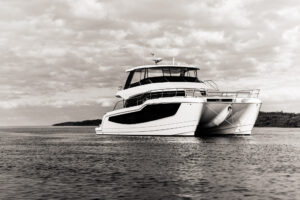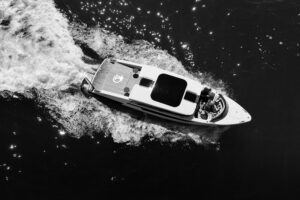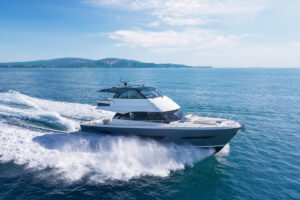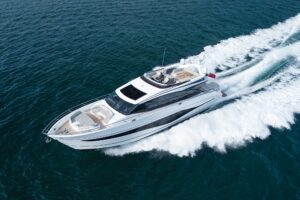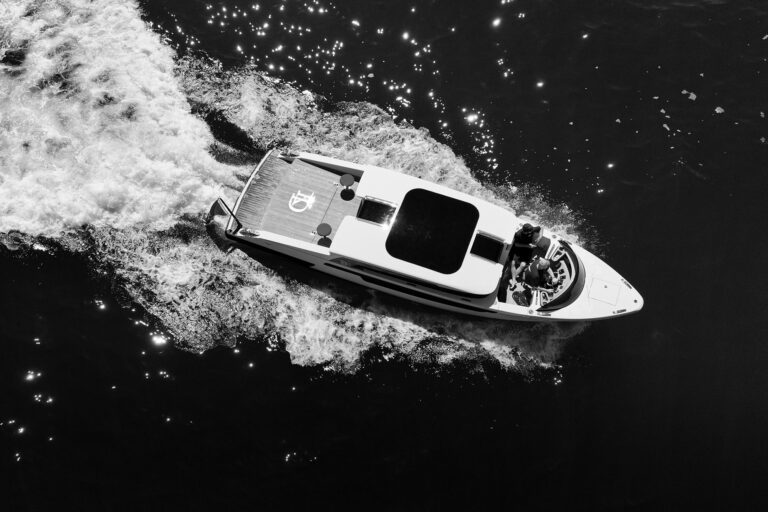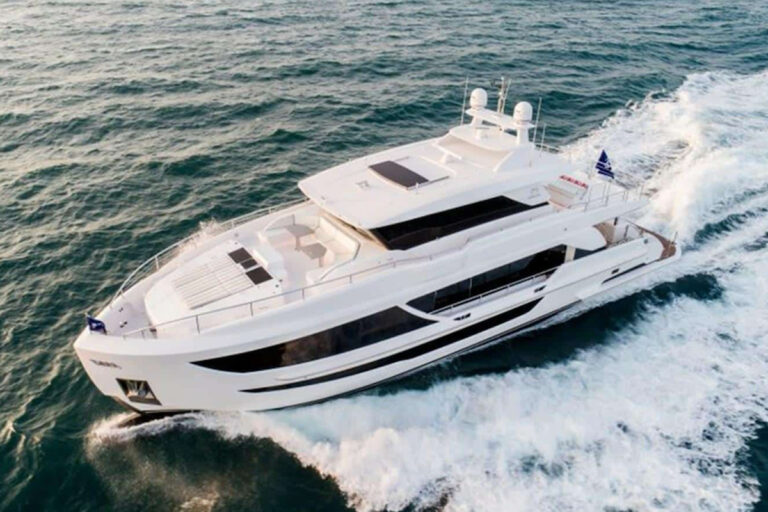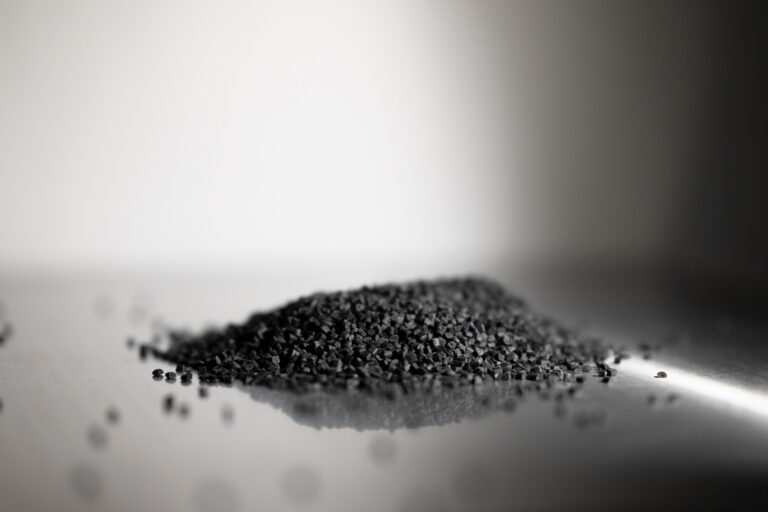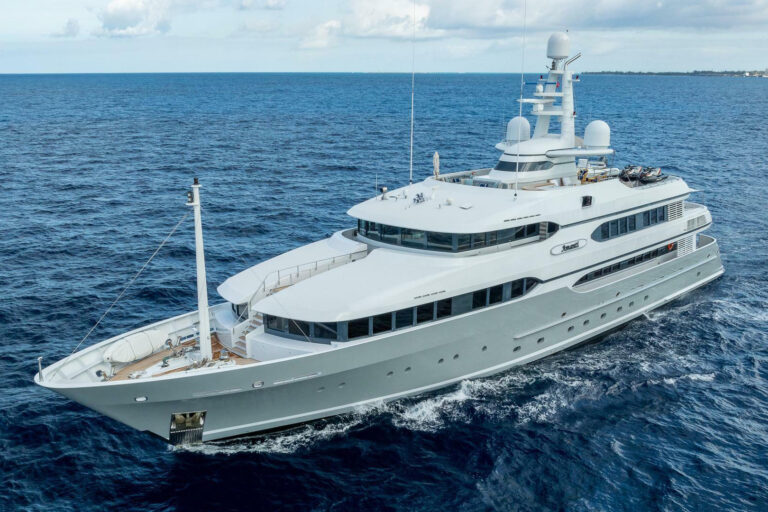For years, Yachting ran a column titled “Yachting Eyes a Boat,” which discussed the features and specifications of notable vessels. There’s a reason they caught the eye: The boats we covered 50 years ago were functionally unique, functionally versatile or both. And much like today, Yachting covered a wide range of craft. These particular boats, we think, are worth another look.
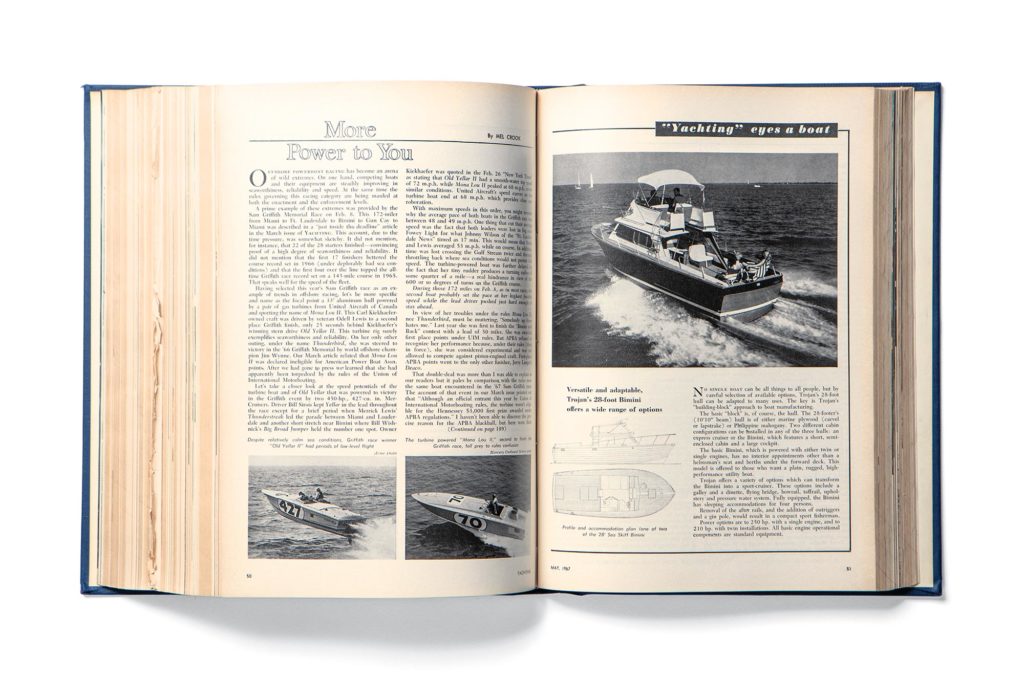
Trident
By Century Boat Co.
The Trident, a 20-footer from Century Boat Co., was featured in our March 1967 issue. “Shades of a World War II LCPR!” was a commonly heard exclamation about her at the 1967 National Boat Show, thanks to her bow ramp. But according to our column, the similarity ended there. In fact, the Trident was a new hull concept at the time, in both design and construction. Her hull, made of fiberglass, had a shape described as “the marriage of a catamaran and a deep-V.” That combination provided a cat’s stability and a deep-V’s capabilities in rough water. Amenities included an underwater viewing port, self-bailing cockpit and stern boarding ladder, all intended to appeal to a specific audience: The Trident was “the first boat designed for skin and scuba divers.”
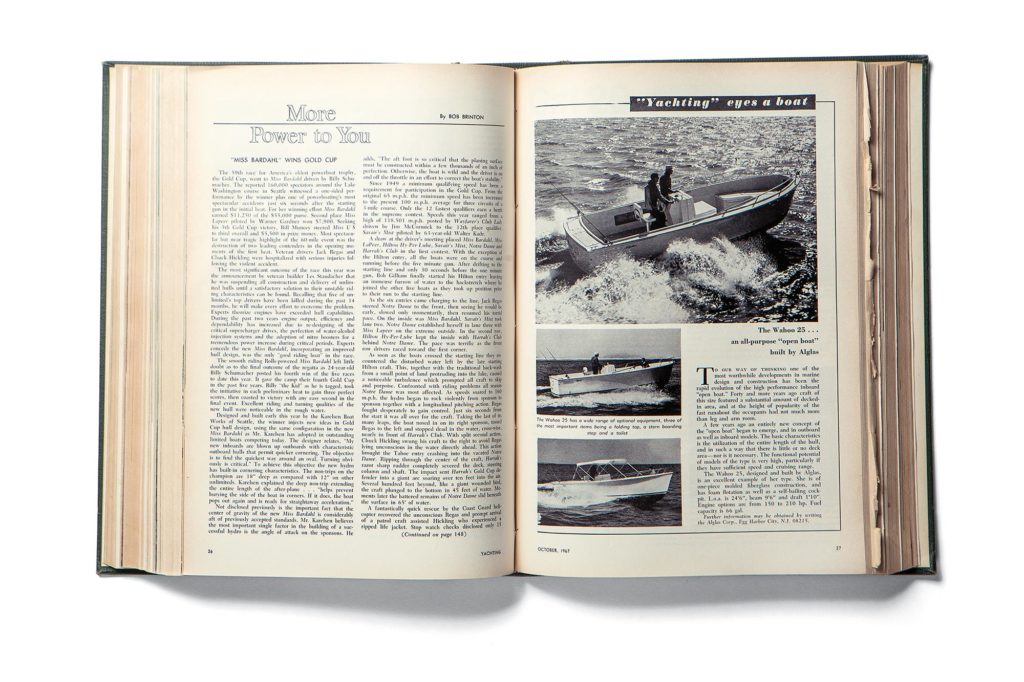
“It’s the romance of the transparent hull, plus Glasshopper will outperform any boat its size.”
“Yachting Eyes a Boat,” November 1967
Advertisement
Bimini
By Trojan
When it comes to versatility, Trojan’s 28-foot Bimini was on the mark. Featured in Yachting‘s May 1967 issue, the Bimini could be adapted for multiple uses thanks to a building-block approach to manufacturing. In other words, Trojan clients could mix and match her features. The hull, as the base, could be made of marine plywood (carvel or lapstrake) or Philippine mahogany. Any of those three hulls could take two different stateroom layouts. And finally, Bimini buyers could pick and choose their amenities, including a galley and dinette, a bow rail and a flybridge. The final product could be either an express cruiser, a high-performance utility boat or a sport-fisherman
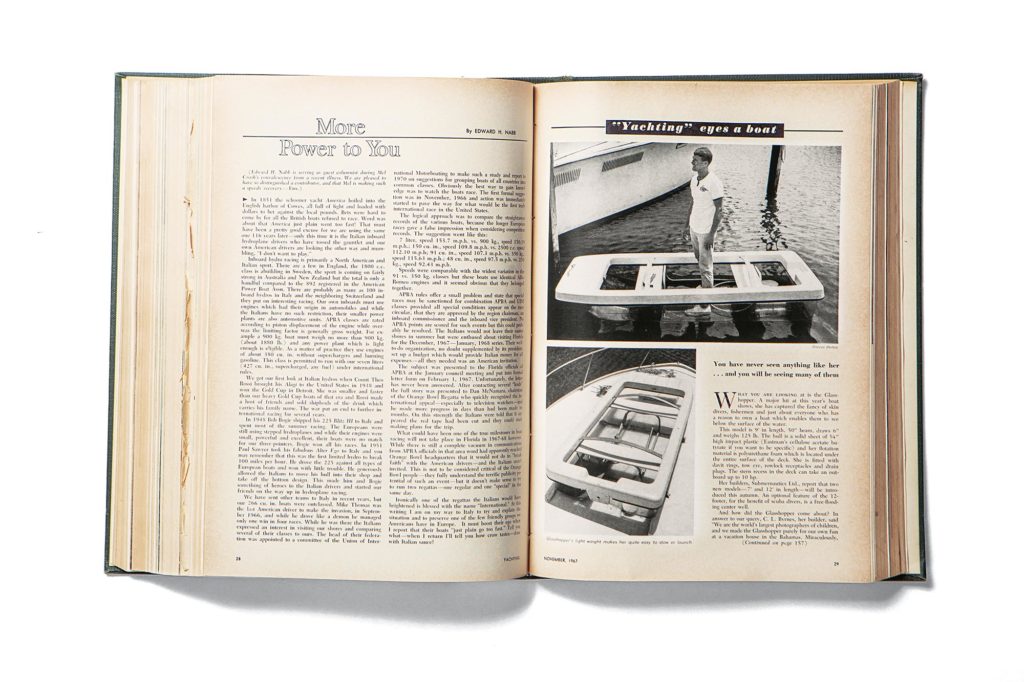
Wahoo 25
By Alglas
Just a few years before the October 1967 issue of Yachting, a concept called the “open boat” arrived on the marine scene. Previously, fast runabouts had considerable decked-in areas that impeded onboard movement. Open boats were a welcome change and are still built today. The Wahoo 25 from Alglas, the boat Yachting eyed in the aforementioned issue, was “an excellent example of her type.” This open boat was constructed of one-piece molded fiberglass with a 24-foot-6-inch LOA, a 9-foot-6-inch beam and a 66-gallon fuel capacity. Notable features included foam flotation and a self-bailing cockpit. How did buyers “take the next step” in 1967, after reading about this boat? Yachting told its fans to send a letter to Alglas for more information. You have to love the antiquity.
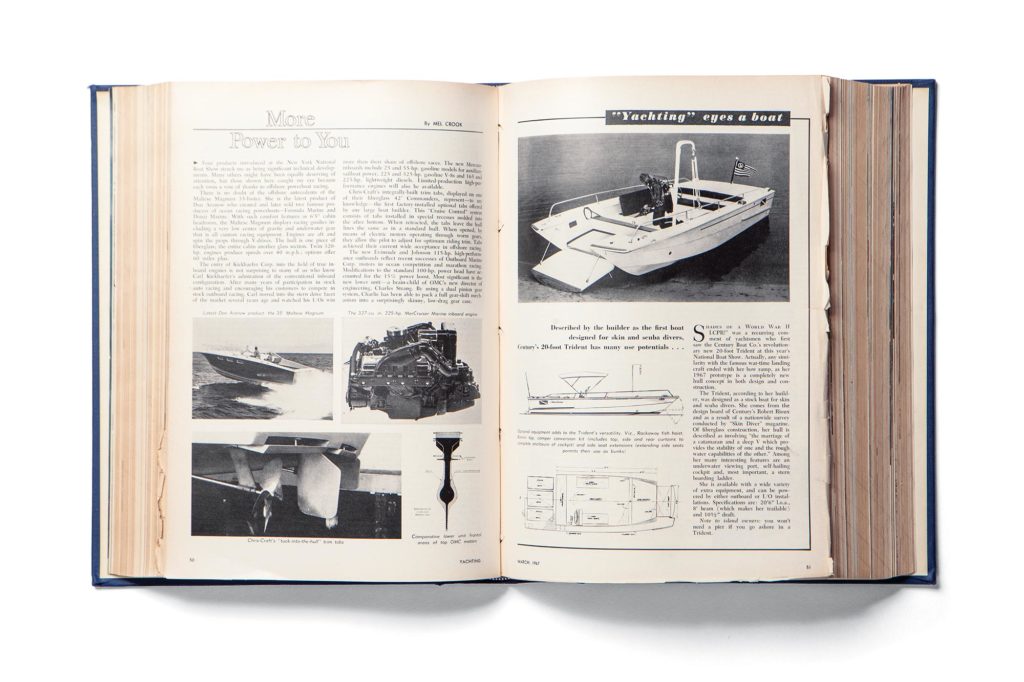
Glasshopper
By Submernautics
November 1967’s issue featured an intriguing 9-footer named Glasshopper. One of the most original boats covered that year, Glasshopper’s hull was a solid sheet of ¼-inch, high-impact plastic. This boat was a diver’s or fisherman’s crystal ball, enabling visions of the great beyond. Well, visions of below the water’s surface, anyway. Her builder, C.L. Byrnes of Submernautics Ltd., said Glasshopper’s functionality had evolved from having just oars to having a 10 hp motor. Byrnes marveled at how many uses customers had come up with for her, from state fisheries to hunting to resort rentals. Yachting saw some cool, curious craft in 1967. But time marches on, and while boats have changed, Yachting‘s mission to always bring you the most comprehensive information about new and noteworthy vessels never will.

